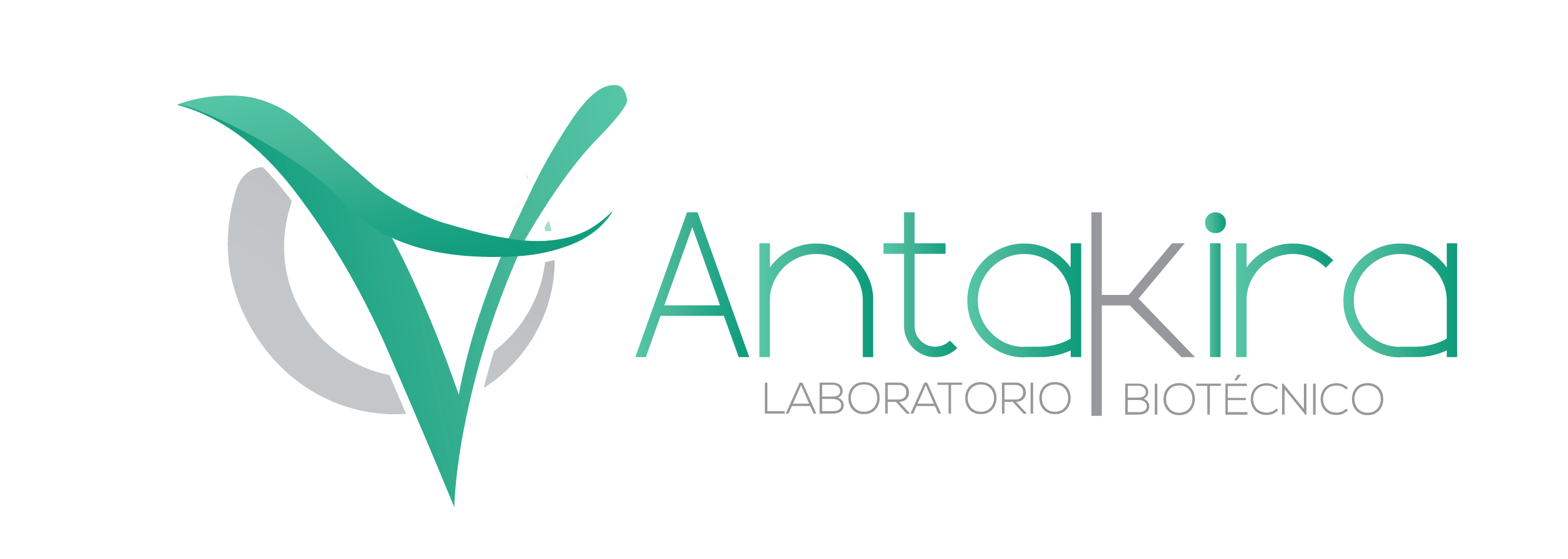Deferred taxes are another intricate element that ties together various financial statements, offering a nuanced view of a company’s tax obligations and financial health. These taxes arise due to differences between accounting rules and tax laws, leading https://my-youtube.ru/strana-durakov/ to temporary discrepancies between the income reported on financial statements and the taxable income reported to tax authorities. Deferred tax assets and liabilities are recorded on the balance sheet, reflecting these timing differences.
3 Components of comprehensive income
Depreciation, a non-cash expense recorded on the income statement, further exemplifies this connection. Depreciation reduces the book value of fixed assets on the balance sheet, spreading the cost of tangible assets over their useful lives. This process not only impacts net income but also adjusts the asset values, providing a more accurate representation of the company’s financial health. Expenses and revenues recorded on the income statement also have a direct impact on various balance sheet accounts.
Role of Retained Earnings in Financial Linkage
All companies are required to report each of the categories above net of their tax effects. This makes analyses of operating results within the company itself and of its competitors more comparable and meaningful. This allocation process can be cumbersome and will require more time, effort, and professional judgement.
Don’t forget to include in income taxes
The remaining lines are transactions which have not passed through the income statement, and which combined total to other comprehensive income. As the total comprehensive income results in a change in equity, the total (or its components) also forms part of the Statement of Changes in Equity. The net income is transferred down to the CI statement and adjusted for the non-owner transactions we listed above to compute the total CI for the period. This number is then transferred to the balance sheet as accumulated other comprehensive income.
Changes in deferred tax assets and liabilities are reflected in the tax expense on the income statement. For example, an increase in a deferred tax liability will result in higher tax expense, reducing net income. This connection ensures that the income statement accurately reflects the company’s tax obligations, even if the actual cash payment of taxes is deferred to future periods.
The statement of comprehensive income displays both net income details and other comprehensive income details. It is appreciated for its more comprehensive view of a company’s profitability picture for a particular period. The RCPCH has secured funding from the Clean Air Fund to continue and expand our work on climate change and air pollution.
Main Elements of Financial Statements: Assets, Liabilities, Equity, Revenues, Expenses
The entry in the balance sheet, on the other hand, would be incorrect if the stock price increased. Comprehensive income would correct this by revising it to the stock’s current market value and recording the difference (in this case, considering it as gains) in the equity column of the balance sheet. Here’s a snapshot of how you need to format your consolidated http://vsestoronne.ru/content2013-48.htm. It provides a comprehensive view for company management and investors of a company’s profitability picture.
What’s the Benefit of the Comprehensive Income Statement?
- Retained earnings play a pivotal role in the interconnected web of financial statements, acting as a bridge that links the income statement to the balance sheet.
- Comprehensive income connotes the detailed income statement, where we will also include income from other sources and the income from the main function of the business.
- This data can assist you in making business decisions that will improve the efficiency and profitability of your firm.
- Other comprehensive income includes many adjustments that haven’t been realized yet.
- His death has prompted legal reforms known as “Awaab’s Law,” requiring timely repairs for damp and mould in social housing.
When your business accrues gains or losses from the fluctuations in value of its assets, it’s not recognized in the net income. The direct labour, materials, and overhead charges you spend to supply your goods or services are included in your cost of sales. On your trial balance report, https://bizidea.online/biznes-idei-s-vlozheniyami/page/4 add up all the cost of sales line items and enter the total amount of cost of sales just below the revenue line item on the income statement. You’ll need to prepare a performance statement with other financial statements to figure out how much revenue your company has made.
Comments are closed.
